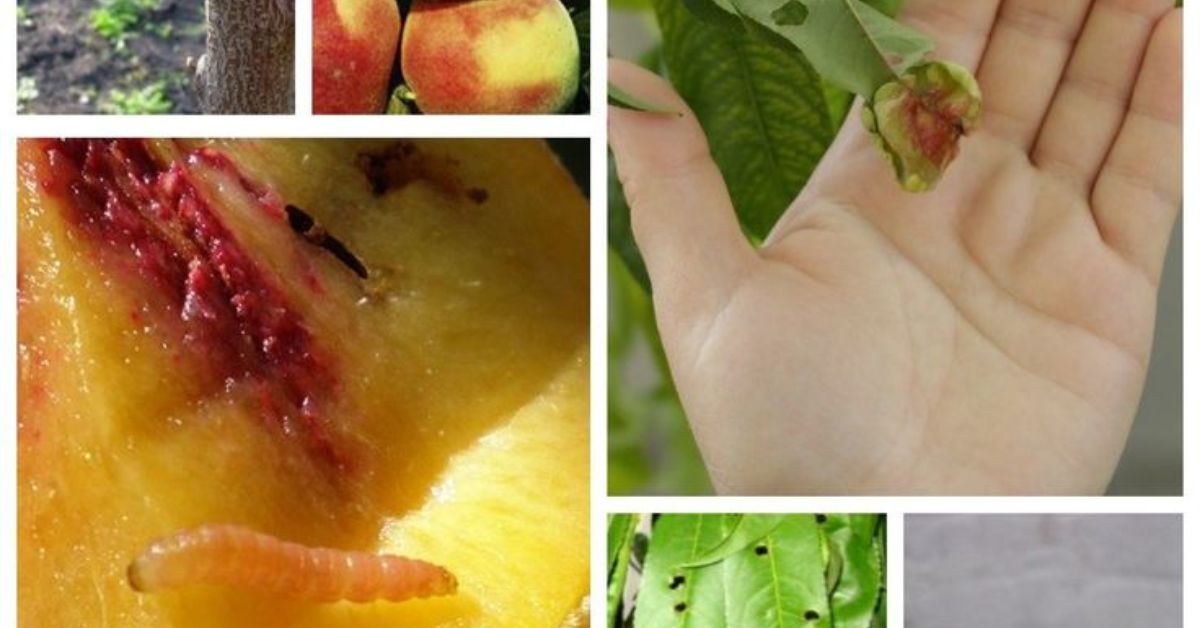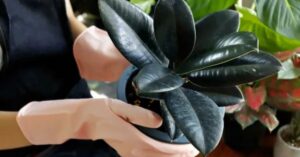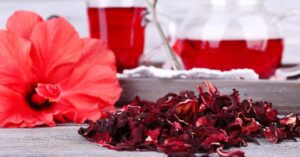Peach tree cultivation brings sweet rewards—until problems emerge. Your thriving peach tree can quickly become a source of frustration when leaves curl, fruit rots, or pests invade. Every peach tree owner faces these challenges eventually.
Most peach tree problems follow predictable patterns that savvy gardeners learn to recognize. Whether your peach tree endures from contagious diseases, creepy crawly harm, or supplement lacks, early recognizable proof makes all the contrast. These issues can annihilate your peach tree’s wellbeing and gather on the off chance that disregarded.
A sound peach tree requires proactive care and speedy problem-solving. Understanding common peach tree afflictions from leaf twist infection to borers engages you to act quickly. With the correct information and procedures, you’ll keep your peach tree profitable and energetic, guaranteeing a long time of tasty homegrown natural product from your patio plantation.
Leaf Curl
- Fungal disease causes leaves to pucker, curl, and turn reddish-purple
- Infection occurs during cool, wet spring weather before bud break
- Severely affected trees may drop all leaves by midsummer
- Spray copper fungicide during dormant season, typically November through February
- Apply second treatment just before bud swell in early spring
- Remove and destroy all infected leaves that fall to ground
Peach Scab
- Dark, scabby spots appear on fruit surface, making peaches unmarketable
- Fungal spores spread through rain splashes and humid conditions
- Young fruit shows small brown spots that enlarge as peaches mature
- Begin fungicide sprays when fruit reaches quarter-inch diameter
- Continue treatments every 10-14 days through harvest season
- Choose resistant peach varieties when planting new trees
Brown Rot
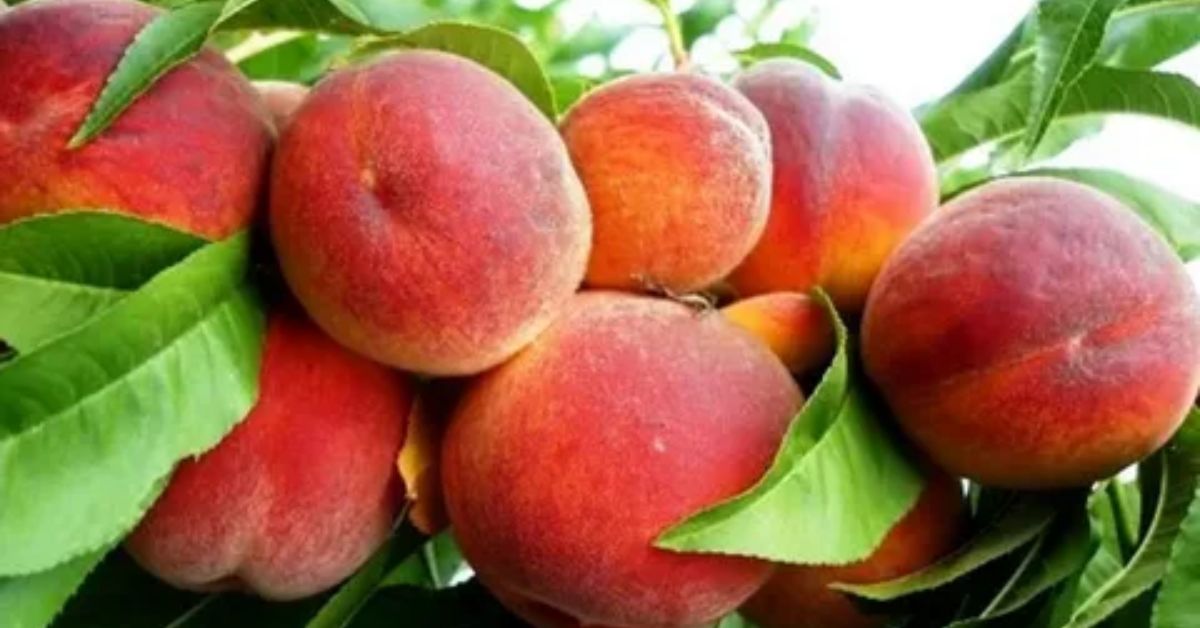
- Devastating fungal disease that destroys both blossoms and ripening fruit
- Infected fruit develops brown, fuzzy mold circles that spread rapidly
- Disease thrives in warm, humid weather during bloom and harvest
- Remove all mummified fruit from tree and ground immediately
- Spray fungicide at pink bud stage, full bloom, and petal fall
- Ensure good air circulation through proper pruning techniques
Aphids
- Tiny, soft-bodied insects cluster on new growth and leaf undersides
- Heavy infestations cause leaf curling, yellowing, and stunted growth
- Aphids excrete sticky honeydew that attracts ants and promotes sooty mold
- Blast aphids off with strong water spray from garden hose
- Release beneficial insects like ladybugs and lacewings for natural control
- Apply insecticidal soap or neem oil for severe infestations
Bacterial Spot
- Bacterial infection creates dark spots on leaves, twigs, and developing fruit
- Infected fruit develops raised, corky lesions that crack open
- Disease spreads rapidly during warm, wet weather conditions
- Plant resistant peach varieties whenever possible for long-term control
- Apply copper sprays during dormant season and early spring
- Avoid overhead watering that spreads bacteria through water splashes
Poor Fruit Development
Your peach tree blossoms delightfully but produces little, difficult, or distorted natural product. This baffling issue regularly stems from lacking fertilization, stuffing, or dishonorable pruning. Destitute climate amid blossom time can too disturb ordinary natural product arrangement.
Related this post : A Complete Guide to Pruning Weeping Peach Trees
The solution lies in strategic thinning and better tree management. Remove excess fruit when they’re marble-sized, leaving 4-6 inches between remaining peaches. Ensure proper cross-pollination by planting compatible varieties nearby. Regular pruning opens the canopy for better air circulation and sunlight penetration.
Tree Not Producing Fruit
A non-fruiting peach tree breaks every gardener’s heart. Young trees under three years old naturally focus energy on growth rather than fruit production. Excessive nitrogen fertilizer can also delay fruiting by promoting leafy growth over flower development.
Patience and proper care will eventually pay off. Stop heavy nitrogen feeding and switch to balanced fertilizer. Guarantee your peach tree gets full daylight and appropriate winter chill hours. In case the tree is develop but still desolate, consider joining or supplanting with a assortment superior suited to your climate zone.
Winter Damage
Unforgiving winter conditions can annihilate peach trees through bark part, department breakage, or bud slaughter. Late spring ices are especially unsafe, pulverizing bloom buds fair some time recently or amid blossom. Ice storms and sudden temperature drops cause additional stress and structural damage.
More Read : Bleeding Heart Plant A Guide for Beginners
Prevention starts with proper site selection and winter preparation. peach trees in protected locations away from harsh winds. Wrap young trunks with tree guards and apply mulch around the base. Choose cold-hardy varieties appropriate for your hardiness zone to minimize winter injury risks.
Peach Tree Borers
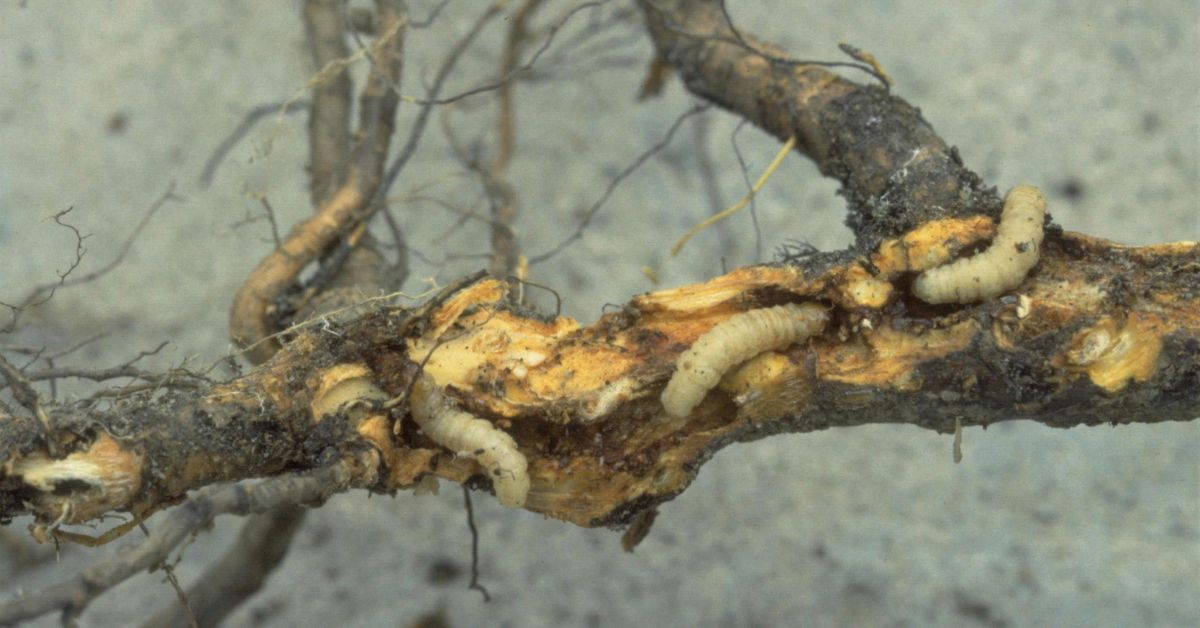
- Small larvae tunnel into trunk bases, weakening entire tree structure
- Look for gummy sawdust around soil line or visible holes in bark
- Adults emerge as clear-winged moths during summer months
- Apply beneficial nematodes to soil around trunk base in early fall
- Wrap tree trunks with aluminum foil or protective guards from May through September
- Remove damaged bark carefully and treat wounds with pruning sealer
Nutrient Deficiencies
| Nutrient | Symptoms | Solutions | Timing |
| Nitrogen (N) | Yellowing leaves starting from bottom of tree, stunted growth, reduced fruit size, pale green foliage overall | Apply balanced fertilizer (10-10-10), add compost, use blood meal or fish emulsion for quick results | Early spring before bud break, light feeding in late spring |
| Phosphorus (P) | Purple or reddish leaf tinge, delayed maturity, poor root development, reduced flowering and fruit set | Bone meal application, rock phosphate for long-term supply, balanced fertilizer with higher P content | Fall application preferred, early spring as secondary option |
| Potassium (K) | Brown leaf edges (marginal burn), yellowing between veins, poor fruit quality, increased disease susceptibility | Potassium sulfate, wood ash (small amounts), sulfate of potash, organic compost rich in K | Split applications: early spring and mid-summer |
| Iron (Fe) | Yellow leaves with green veins (interveinal chlorosis), new growth most affected, leaves may turn white | Iron chelate spray, soil acidification with sulfur, avoid overwatering, improve drainage | Foliar spray in early morning, soil treatment in fall |
| Magnesium (Mg) | Yellowing between leaf veins on older leaves, leaves may develop red or purple tints, premature leaf drop | Epsom salt (magnesium sulfate), dolomitic lime for acidic soils, magnesium-rich fertilizers | Early spring soil application, foliar spray during growing season |
| Zinc (Zn) | Small, narrow leaves (little leaf), shortened internodes, delayed bud break, poor fruit development | Zinc sulfate spray, zinc chelate, avoid high phosphorus fertilizers that block zinc uptake | Dormant season spray, early spring foliar application |
| Calcium (Ca) | Bitter pit in fruit, leaf tip burn, poor cell wall development, increased susceptibility to diseases | Gypsum application, lime for acidic soils, consistent watering to improve uptake, calcium chloride spray | Fall soil amendment, regular watering schedule throughout season |
Frequently Asked Questions
Why isn’t my peach tree producing fruit?
Young trees under 3 years focus on growth, not fruiting. Excessive nitrogen fertilizer also delays fruit production. Switch to balanced fertilizer and ensure your tree gets adequate winter chill hours for your variety.
What causes peach tree leaves to curl and turn red?
Leaf curl disease strikes during cool, wet spring weather. This fungal infection requires preventive copper sprays during dormant season (November-February) before symptoms appear.
How do I know if my peach tree has nutrient deficiencies?
Yellow leaves with green veins indicate iron deficiency. Overall yellowing suggests nitrogen shortage. Brown leaf edges signal potassium problems. Soil testing provides definitive answers for targeted treatment.
When should I thin peaches on my tree?
Thin fruit when they reach marble size, leaving 4-6 inches between remaining peaches. This prevents branch breakage and ensures larger, higher-quality fruit at harvest time.
What’s the white fuzzy stuff on my peaches?
Brown rot fungal disease creates fuzzy mold circles on ripening fruit. Remove infected peaches immediately and spray fungicide at pink bud, full bloom, and petal fall stages.
Conclusion
Successful peach tree care requires vigilance and proactive management. Most problems develop gradually, giving you time to intervene before serious damage occurs. Regular inspection of your peach tree helps catch issues early when treatments work best.
Prevention beats cure every single time with peach tree problems. Legitimate pruning, steady watering, adjusted fertilization, and opportune showering make solid, versatile trees that stand up to maladies and bugs actually. Solid peach trees recoup speedier from difficulties and create superior natural product.
Your peach tree investment pays dividends for decades with proper care. Understanding common issues and their arrangements changes you from a stressed cultivator into a sure peach producer. Outfitted with this information, you’ll appreciate copious harvests of sweet, succulent peaches whereas your neighbors battle with infected, ineffective trees.

